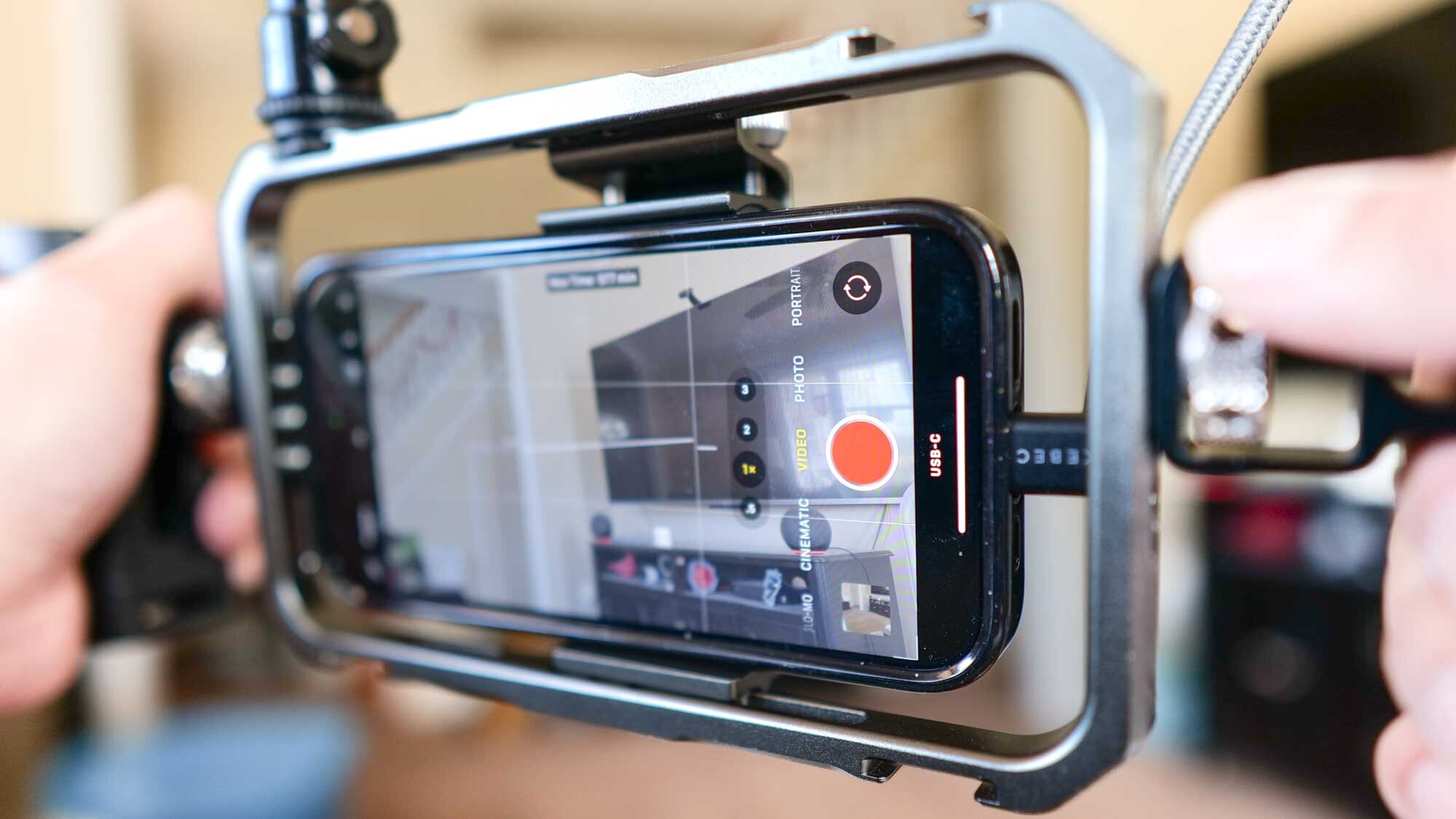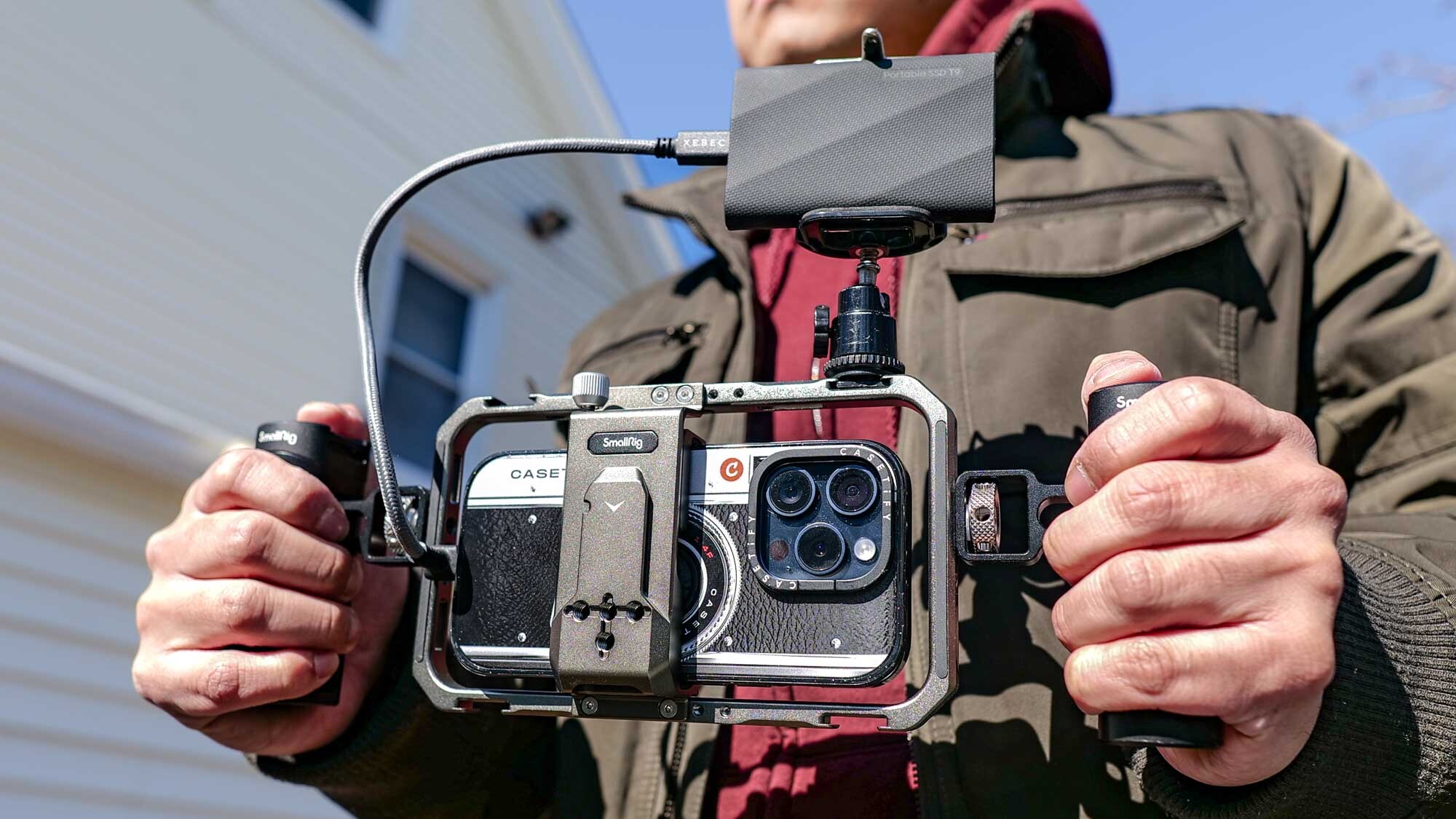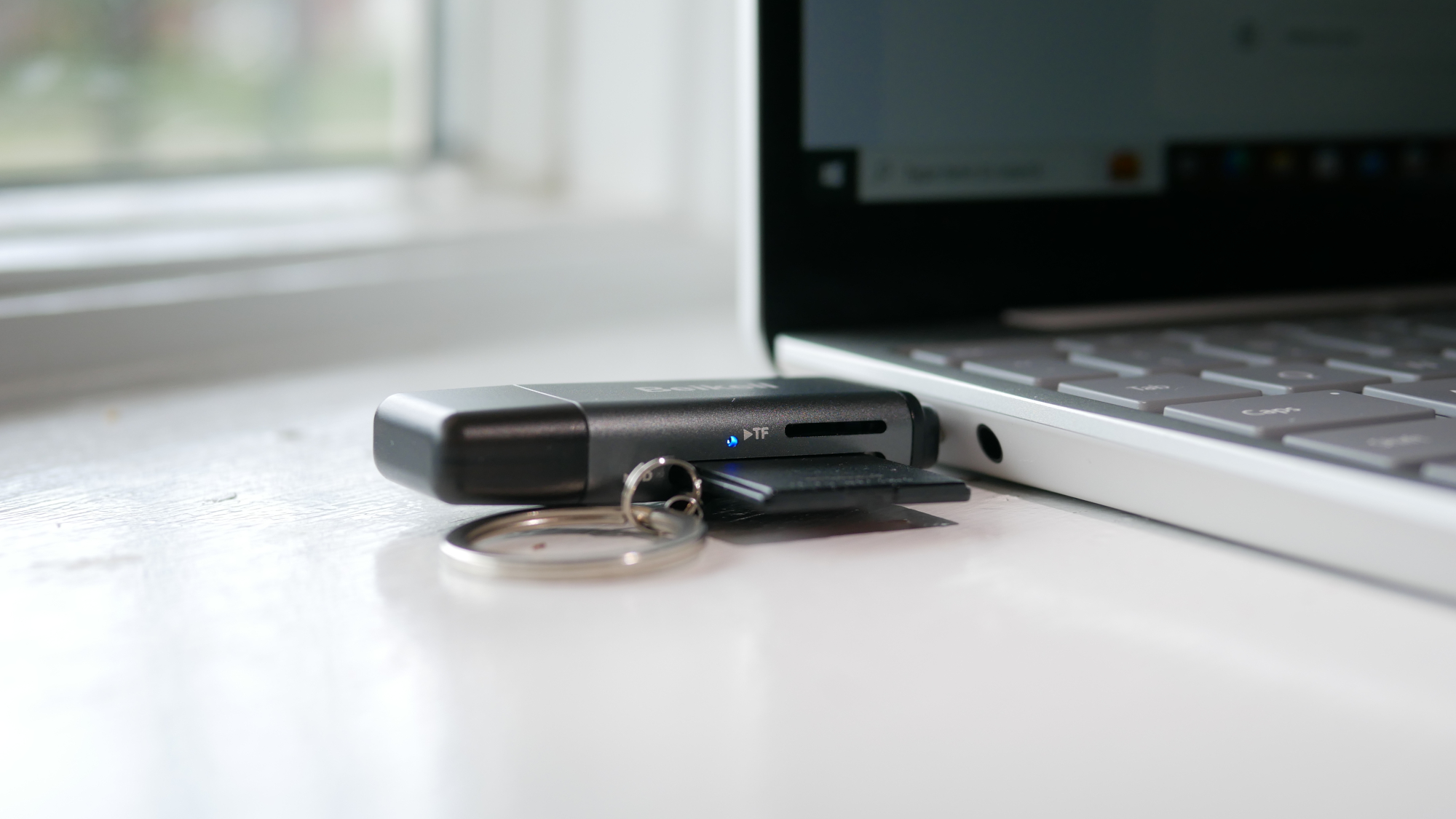When Apple announced that it would be dropping the Lightning port in its iPhone 15 lineup in favor of USB-C, I was torn inside. Trying to use a USB-C to Lightning adapter doesn't really work, like with my Rode VideoMic.
On the other hand, adopting USB-C also means I now have access to all the other USB-C accessories on my device, so I'm happy about that. Apple added USB-C to the entire iPhone 15 lineup, but faster data transfer speeds are reserved for the iPhone 15 Pro and 15 Pro Max. Thanks to USB 3.0 support, you can reach speeds of over 10 Gbit/s, while the iPhone 15 and 15 Plus top out at 480 Mbps.
But all this leads to my point. One of the unique features of the iPhone 15 Pro is how it's also available on the iPhone 15 Pro. most overlooked One. I've been using my iPhone 15 Pro to record videos to an external SSD via USB-C, and I can't begin to explain how revolutionary this particular feature is. Here's why:
Other mobile phones cannot record video externally

We've known for years that you can transfer files from your phone to an external hard drive. This is usually done by copying and moving files using your phone's native file transfer app. However, none of the phones had the ability to record directly to an external device using a native camera app. Well, that is until the iPhone 15 Pro.
Not everyone will rely on this feature, but as a videographer who frequently uses my phone as a backup video camera, it's a feature that streamlines my workflow. I'm using a Samsung T9 4TB portable SSD connected to his iPhone 15 Pro via USB-C, and I can retrieve recorded clips and transfer them to my computer.
This is a special feature that is not accessible on other phones, including new phones that came out after the release of the iPhone 15 Pro, such as the Google Pixel 8 Pro, OnePlus 12, and Samsung Galaxy S24 Ultra. These phones may top the list of best camera phones, but only the iPhone 15 Pro and 15 Pro Max can record video externally.
Minimize delay between recordings

One problem with recording video directly to an external device is that there can be a delay after you stop recording and start a new recording. Obviously writing data to an external device takes time, but so far I'm surprised how few people are using the Samsung T9 SSD with their iPhone 15 Pro.
First of all, you should know that shooting ProRes video can and will consume storage on your iPhone 15 Pro. I recorded several one-minute clips using three different ProRes encoding options: HDR, SDR, and Log. Each encoding has its own benefits, such as ProRes Log's flatter image profile for better color grading in post, but their file sizes are huge. All three one-minute clips represent over 5 GB of data each, so you can imagine the behind-the-scenes work required to record on an iPhone 15 Pro and save to an external device.
But thanks to the peak 10 Gbit/s transfer speeds via USB-C, I barely There was no downtime between recordings. From the moment you stop ProRes video recording, it takes less than a few seconds to be able to start recording again. Even better, all videos stored on the Samsung T9 SSD will work fine, so playback will not be affected at all. This is similar to previewing a video in your photo gallery.
How to increase storage on your iPhone at low cost

Enthusiasts and professionals will most likely use this overlooked feature of the iPhone 15 Pro. Not only will it save you time, but it will also reduce the storage on your iPhone 15 Pro. As we all know, in the age of 4K video recording and frequent content creation, storage is at a premium. The iPhone 15 Pro starts with a ridiculous 128 GB of storage and tops out at 1 TB.
This is yet another example of how convenient it is to record ProRes video over USB-C, as you don't have to spend a lot of money on a high-capacity iPhone 15 Pro. We're glad the Samsung T9 4TB SSD is currently 35% off, dropping the price from $459 to $299, but there are other lower-cost alternatives.

For example, take my trusty Beikell dual connector SD card reader. It's a $10 USB-C accessory that lets you save ProRes video from your iPhone 15 Pro using a microSD card. Most Class 1 microSD cards I have on hand often take a very long time to record and save clips, so I need to use a microSD card with faster read/write speeds. Therefore, a pop-up message always appears above each card. time to use. But hey, it gets the job done at a cost of just a few minutes.
Regardless of the solution you ultimately choose, the iPhone 15 Pro's ability to record video over USB-C continues to give the iPhone features tailored to enthusiasts who want to get the most out of their device. It shows that I hope more phones copy this feature.


